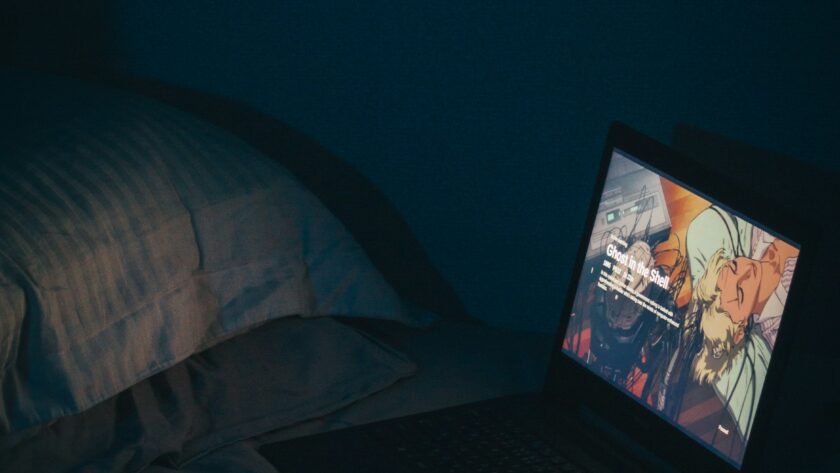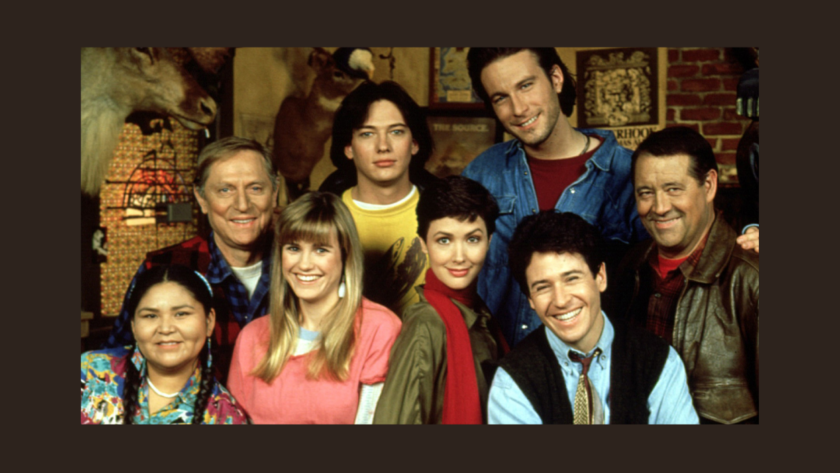In the ever-changing, over-populated pitching landscape it can be increasingly difficult to get your work in front of the right people, or anyone at all for that matter. As if coming up with ideas, developing those ideas and writing them up into scripts wasn’t hard enough. Now we’re expected to be pitching wizards with all kinds of tricks up our sleeves like making pitch decks or sizzle tapes.
I see a lot of writers getting panicky or scared by this. It feels like they now need to be graphic designers, pro-editors, producers, public speakers – all kinds of things that make writers in particular feel uncomfortable. But we should remember that we are creative people. And we’ve taught ourselves a huge amount of skills on our journeys to getting those words on the page.
Our computers these days give us access to amazing tools that can help us in whatever creative endeavour we find ourselves having to embrace. And whatever it is you are trying to create somebody somewhere will have made a simple to follow tutorial that will help you through the process.
As with writing itself, practice makes perfect. If you find yourself being asked by a producer, commissioner, broadcaster or financier to deliver a super slick pitch deck or sizzle don’t panic.
First of all, do your research. There are a lot of sites out there with all kinds of information about what a pitch deck/sizzle is. Have a really long think about your idea. What is the best way to tell your story? Think of it as a story within itself. You are just trying to tell your story in a visual way. You still need to suck people in, drip feed the information, ramp up the tension where necessary. Get them hooked and leave them wanting more. Then they will ask to read your script.
Think of it as a story within itself. You are just trying to tell your story in a visual way.
– Emma Millions
Think about your idea as if it’s an already produced entity. What would the Netflix campaign for it look like? What would the thumbnail be? Whatever that picture is in your head, that should be your front page / opening shot.
Once you’ve had fun visualising your idea then figure out the best way to put it on the page / screen – exactly how you have done with your script – then it’s time to problem solve. Again, this is something we constantly do as writers but this time you aren’t figuring out how your main character is going to vanquish that monster, you’re figuring out how you create that visual storytelling. You need pictures of dragons? Find them. Trawl the internet. You want the perfect horror font? Someone somewhere will have made it. Look for it. And then start putting it all together.
Don’t know how to use design features on Powerpoint or Keynote? Google it. Most design and editing software is incredibly intuitive even though it might look scary initially. Play around. Hit up those tutorials. Writers are usually brilliant editors – they just don’t know they are. But their storytelling instincts are often spot on.
Just try it. Don’t tell yourself you can’t do it or you don’t have the skills. Develop those skills. You can do it. You are creative. Don’t be afraid to apply those creative skills to new outlets. It’s all just storytelling at the end of the day.



